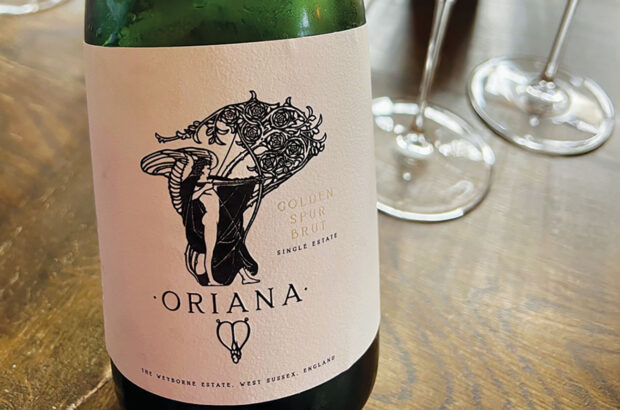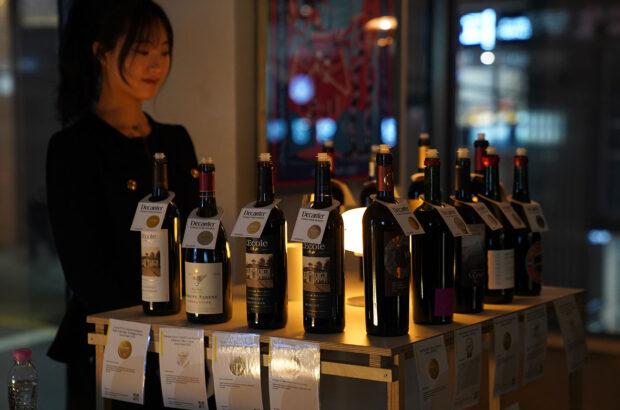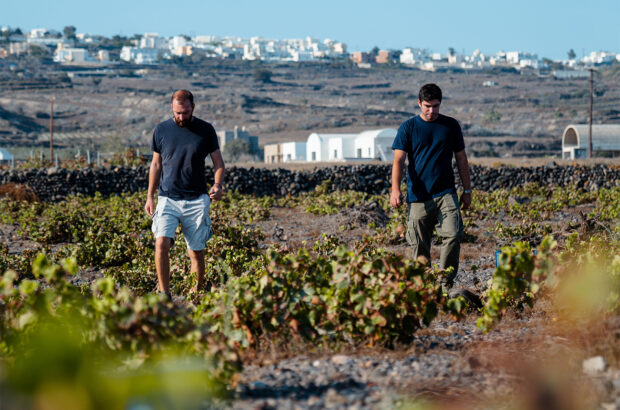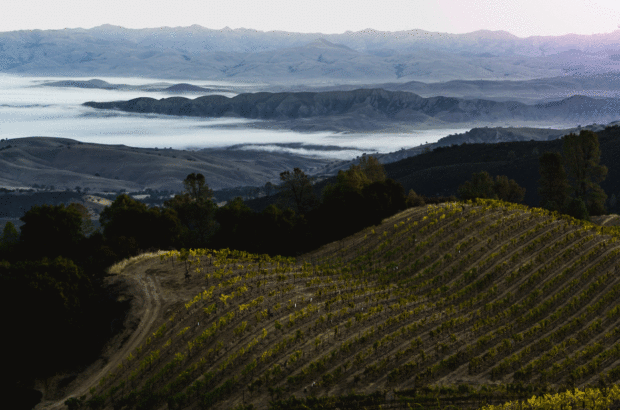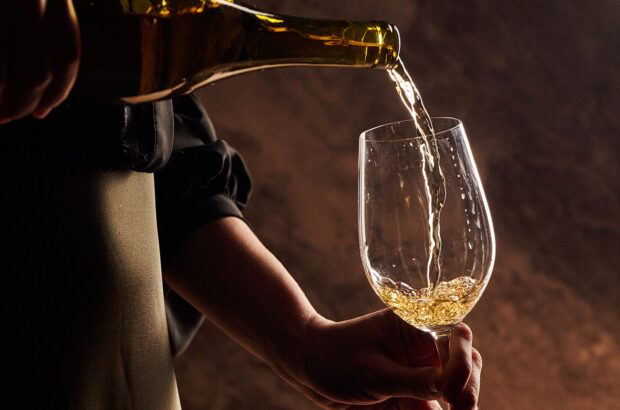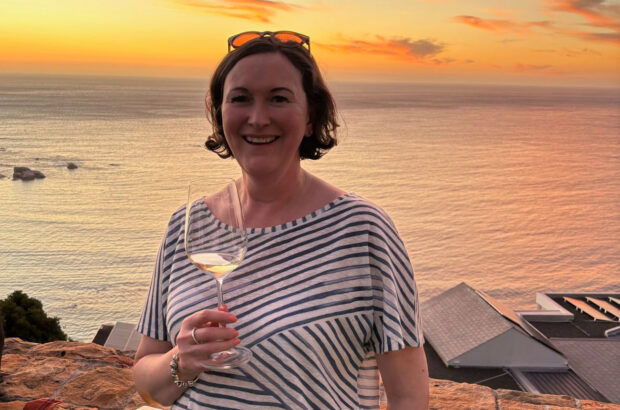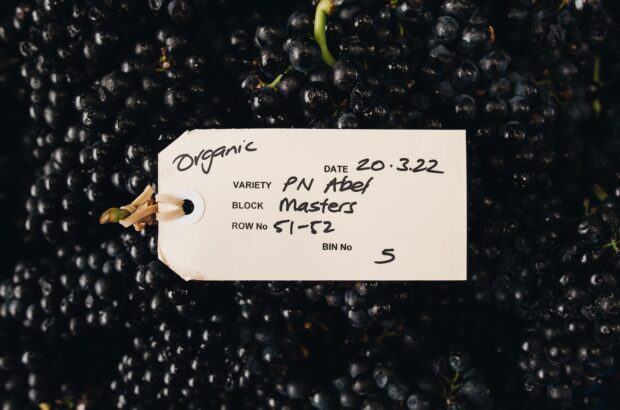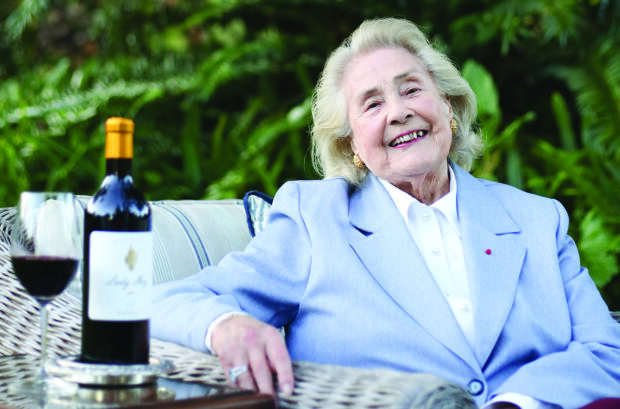Snaking along Tasmania’s Tamar river, or Kanamaluka in palawa kani, the reconstructed language of the island’s Aboriginal people, the Tamar Valley wine region is just a pup – vines may have arrived in the mid-1800s, but the industry didn’t bloom until the 1980s. It’s on the map now, though. Legendary local winemaker Ed Carr won two Platinum awards for his sparkling wines at the 2024 Decanter World Wine Awards.
About 50km from north to south, this unofficial sub-region (Tasmania is a singular GI) is renowned for world-class sparkling, though a cohort of still winemakers is on the up. It currently boasts around 30 wineries, with about 820ha under vine.
As few bottles make it off the island, I meet up with sommelier James Welsh for an inside line. Welsh, who co-owns Launceston restaurant Stillwater (see address book) drank his first wine here 20 years ago and hasn’t looked back.
Named a City of Gastronomy in 2021 by UNESCO, Launceston – ‘Launnie’, to the locals – provides the perfect base camp. But don’t try to do the whole region in a day, Welsh advises. ‘Do the east [of the river] one day, then the west,’ he says. The east is leafy, with slopes of vines and water views. To the west, vineyards share real estate with sheep farms along gum tree-lined roads. ‘And you can have so much fun close to the city,’ he adds.
The region is famous for Pinot Noir and Chardonnay, which form the backbone of its sparkling wines, but don’t overlook the Rieslings. Cool conditions – pack a coat, no matter the season – make for some ageworthy souvenirs.
Day 1: East of the river
Fuelled by the complimentary morning coffee and croissant delivered to guests at Stillwater Seven, the boutique hotel above Welsh’s restaurant, I head northeast to House of Arras, where Ed Carr has been making his award-winning sparkling wines for more than 25 years.
Poised in the carpark is Flinders, a tri-colour border collie belonging to cellar door manager Will Doggett, who’ll lead this morning’s Sparkling Scholar masterclass (from A$105 per person). ‘She’s the director of people and culture,’ Doggett tells me as we follow Flinders’ wagging tail into the tasting room for a two-hour session that covers traditional method winemaking and Tasmanian wine history (‘arras’ means rich tapestry, a nod to Carr’s state-wide fruit sourcing).
The experience also includes a vineyard tour – a rare opportunity for a sanitised walk among the vines, as biosecurity laws protect Tasmanian fruit from mainland diseases. ‘We’re all still learning,’ Doggett tells me as we examine Meunier fruit that’s just starting to blush. ‘The best location in Tasmania probably doesn’t have vines on it yet!’
As I’m on this side of the river, I can’t pass up the chance to stop in at Sinapius, where Linda Morice makes estate-grown Pinot Noir, Gamay and Grüner Veltliner, among others. Twenty years ago, her husband Vaughn Dell planted Sinapius’ first vines with a no compromise approach to high-density planting and minimalist winemaking; when he passed away suddenly in 2020, Morice took the reins.
I arrive at the vine-covered, cottage-like cellar door just in time – Morice has just bottled Tasmania’s first Ribolla Gialla. ‘It’s as close to an Italian white as you’ll find up here,’ she says, pouring me a taste. Grippy from skin contact, with a baked apple twang, this amphora-aged new release encapsulates why Sinapius’ wines are some of the state’s finest – it’s brave, complex and delicious.
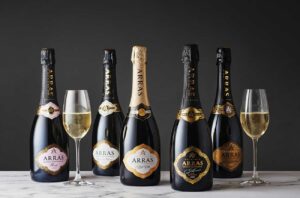
Part of House of Arras’s portfolio. Credit: Sevak Babakhani
Day 2: West of the river
Heading northwest from Launceston the next morning, heritage houses quickly give way to vineyards. First on my list is the Tamar’s newest cellar door. Utzinger, run by Swiss-born winemaker Matthias Utzinger and his Tasmanian wife Lauren, is certified organic, with 20% of their 20ha property set aside for revegetation. ‘We live here,’ Lauren says. ‘We have bandicoots and bugs. There’s a balance.’
The couple planted their first vines in 2018; their minimalist cellar door, which boasts envy-inducing river views, opened in late 2024. Lauren and Matthias run the tastings, as well as the winery, so bookings are essential. Seated flights (A$20 per person) take you through Matthias’ wild-fermented Riesling, fumé-style Sauvignon Blanc, Pinot Noir and Chardonnay, the optional Swiss cheese pairing (naturally) a nod to the maker’s homeland. And if you see a bottle of Utzinger Roter Satz, buy it immediately. Locals snap up so much of this vibrant red field blend there’s hardly enough to go around.
Over the fence – literally – is Evenfall, with a restaurant and cellar door shared by three labels. Evenfall’s Cabernet is made from estate vines by winemaker Liam McElhinney, the Pinot Noir and Chardonnay supplemented by Derwent Valley and East Coast fruit, respectively (Matthias is consulting viticulturist, which is very neighbourly). Natalie Fryar of sparkling label Bellebonne and her husband Hugh McCullough, who makes German-style Rieslings under the Wellington & Wolfe label, share the on-site winery, drawing fruit from around the region.

Bellebonne
The communal cellar door – housed in a white-on-white brick chapel with stained-glass windows that was probably built in the 1940s – offers drop-in tastings from one winery or all, but Fryar’s low-volume vintage releases are the drawcard. ‘You could put me anywhere,’ she says, ‘but Tasmania delivers something truly magnificent.’
My last stop is Stoney Rise, which hosts a cellar door for Joe Holyman’s Stoney Rise and Holyman wines, and a bar of sorts. There are no pubs or restaurants in the area, Holyman tells me, so he stacked the list with wines he likes to drink. Alongside the estate Chardonnay, Savagnin and Pinot are premier cru Chassagne-Montrachet and Mosel Riesling.
As we sit in the late afternoon sunshine – Holyman with an alcohol-free beer (he still has vines to tend) and me with a glass of his zippy, crunchy Trousseau – he explains that Stoney Rise isn’t named for nearby Stony creek, but for a surf break in South Australia, which explains the surfer dude on the label. Stoney is still spelled the wrong way, he says with a laugh.

The start of the Tamar river at the confluence of the North (above right) and South (below left) Esk rivers in Launceston
And if you have an extra day to spare…
Morning
Bread + Butter makes the best pastries, bagels and pies, not to mention killer coffee. A pork and fennel sausage roll – an Aussie classic – or a walnut croissant will set you right for the day’s adventure. Next, a stroll through Cataract Gorge, an inner-city forested river reserve with waterfalls, colonial-era bridges and a retro chairlift to ferry you across the 65 million-year-old gorge along the South Esk river. The reserve is also home to a picture-perfect outdoor swimming pool, usually open from November to May.

Cruise boats in Cataract Gorge, Launceston, overlooked by Kings Bridge Cottage, built in the 1890s. Credit: David Steele / Shutterstock
Lunch & afternoon
Fifteen minutes’ drive from Launceston, the restaurant at Evenfall makes for a picturesque early lunch, with estate vines just metres from the Federation-era house’s floor-to-ceiling windows. East coast oysters in a splash of Bellebonne sparkling wine are a good start, while the tea-smoked duck features raspberries from the owner’s berry farm. From here, meander north a few kilometres to Tamar Ridge for a guided tasting (from A$10 per person). Known for its rich, complex Pinot Noirs, the cellar door is also home to Pirie sparkling. Further north along the estuary, Small Wonder Wines will add a rural touch to your afternoon. Its certified-organic wines are grown amid native bushland, with tastings all day (11am-5pm) and book-ahead winery tours at 10.30am and 2.30pm (A$50 per person).
Evening
Back in Launceston, drop your bags at Peppers Silo Hotel, luxury accommodation housed within 1960s grain towers beside the Tamar. From here it’s a 25-minute stroll to Du Cane beer hall, where pre-dinner beers named for local mountain ranges and walking trails await. Around the corner you’ll find Havilah, a must-visit wine bar co-owned by winemaker Ricky Evans, who’s behind labels Two Tonne Tasmania and Woodlawn. On the menu: wallaby skewers with beetroot ketchup and chargrilled zucchini with dill butter and romesco. If you’ve got it in you, Midnight Rambler shakes up whisky sours in speakeasy surrounds until the wee hours.
How to get there, and getting around
Launceston is a 70-minute flight from Melbourne, which is well served by international airlines. Distances within the region are managed easily by car, with all wineries within around 50km of the city.

Credit: JP Map Graphics Ltd
Your Tamar Valley address book
Accommodation
Domescapes
For a hitching post in the heart of the region, Swinging Gate Vineyard’s glamping domes are kitted out with a real bed, heating and an outdoor tub and firepit.
Stillwater Seven
This boutique hotel is the latest addition to the Stillwater family, its charcoal-hued suites occupying the old mill’s top floor and offering personalised mini-bars stocked with a wide range of local products, deep baths and river views.
Wahroonga on Bourke
A stylish self-contained studio apartment in a 1901 Federation-style house, replete with heated floors for chilly Tasmanian nights and a kitchenette stocked with local eggs, milk and bread.
Restaurants
Black Cow
Try Tasmania’s famous Cape Grim beef and Robbins Island wagyu at this high-end steakhouse. The list backs Tamar wines alongside heavy hitters from the Barossa, Bordeaux and beyond.
Stillwater
Located in an 1830s flour mill at the edge of the Tamar, Stillwater shows no sign of age after 25 years of fine dining. Its two- or three-course set menu puts a mod-Oz riff on the region’s finest crayfish, abalone, wallaby and lamb.
Timbre Kitchen
This eco-friendly restaurant sources backyard fruit and veg from its neighbours. The wood-roasted chicken is a classic, particularly with a glass of Chardonnay from its landlord, Velo Wines.
Shopping & leisure
Design Tasmania
Peruse the collection of contemporary Tasmanian design then hit the gift shop for artist-made textiles and jewellery.
Launceston Distillery
Get a taste for Tasmania’s famous whiskies at this urban distillery, conveniently located in a hangar at Launceston airport.
Stockton & Co
The walls are decked with works by top Tasmanian artists, the shelves a mix of local and Japanese-made kitchen tools, notebooks and knits.

Launceston Distillery


